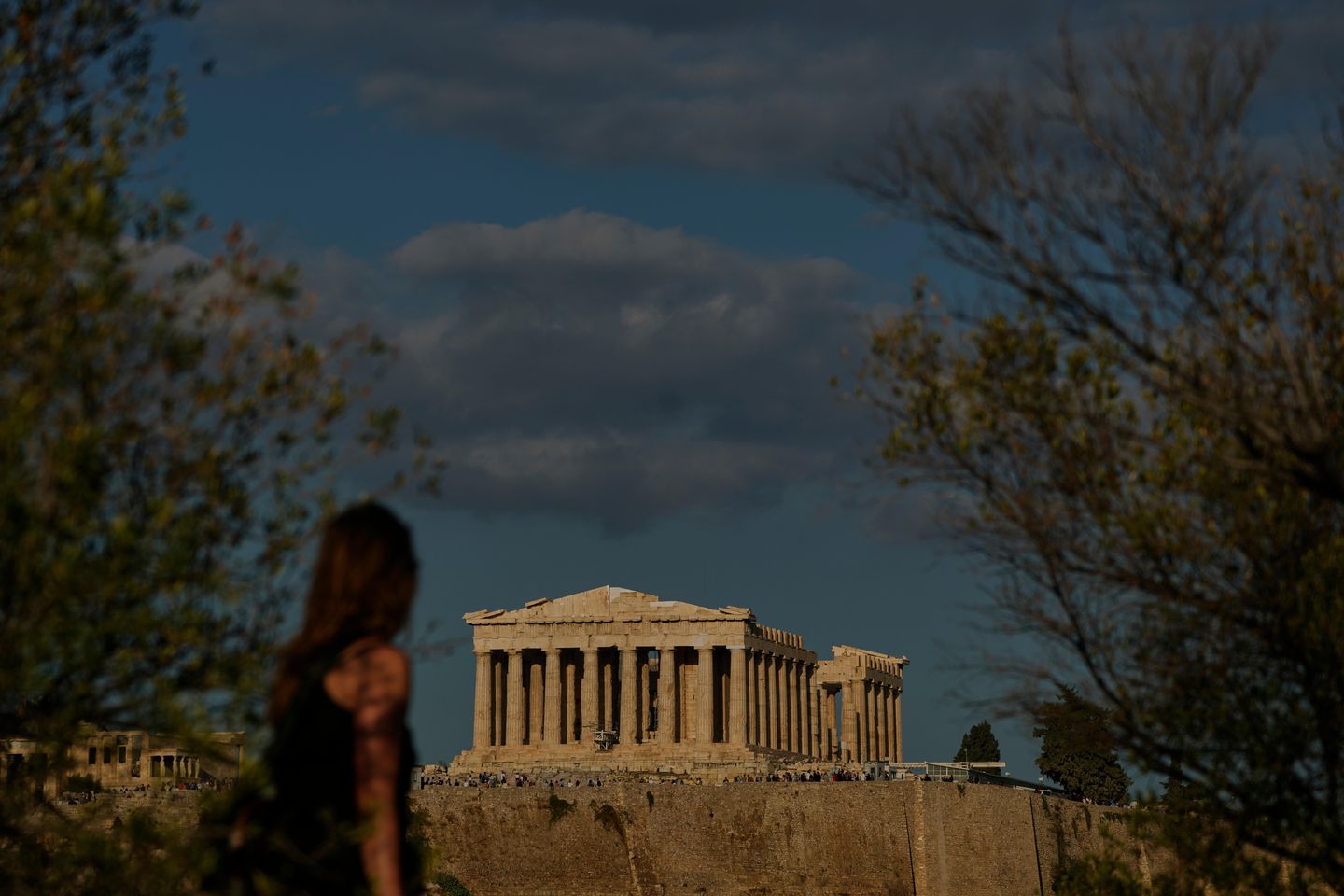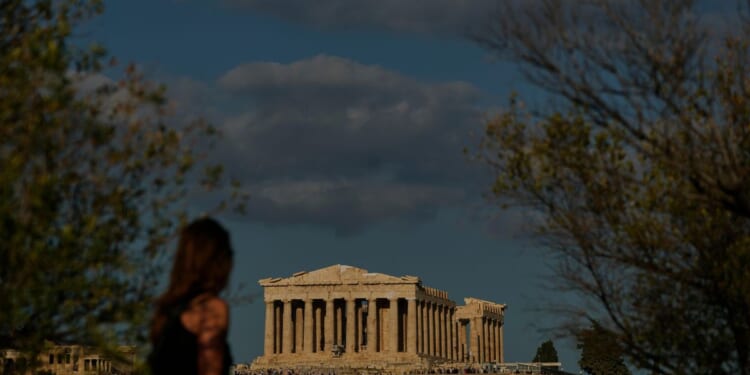
The ancient Parthenon in Athens, Greece, is temporarily free of scaffolding for the first time in 200 years.
Iron scaffolding surrounded the western side of the temple the past two decades as part of restoration work at the Acropolis complex, where the Parthenon stands.
With its removal, the former temple’s walls are finally exposed, as noted by Greek Culture Minister Lina Mendoni on the country’s Skai radio, according to The Associated Press.
Acropolis Restoration Service architect and engineer Rosalia Christodoulopoulou told the Kathimerini newspaper that the dismantling of the scaffolding on the western side started in July and ended Sept. 26.
The final removal date coincided with the anniversary of a 1687 explosion at the Parthenon caused by a Venetian shell hitting an Ottoman gunpowder magazine stored inside, Ms. Christodoulopoulou said.
The blast destroyed much of the central structure of the Parthenon, which had stood largely intact since its construction in the 5th century B.C.
The Parthenon will be scaffolding-free for about a month, after which new lighter structures will be erected to continue restoration work. The Acropolis Restoration Service hopes to finish working on the western face next year.
“We believe that by the end of the first quarter of 2026, the western side will finally be revealed — for the first time in more than two centuries — in its entirety, allowing visitors to admire the perfect proportions of the Parthenon’s most iconic facade,” Ms. Christodoulopoulou told Kathimerini.

















